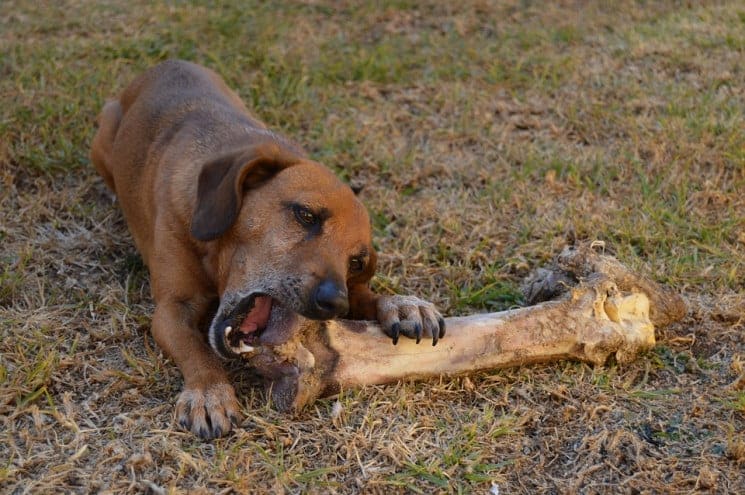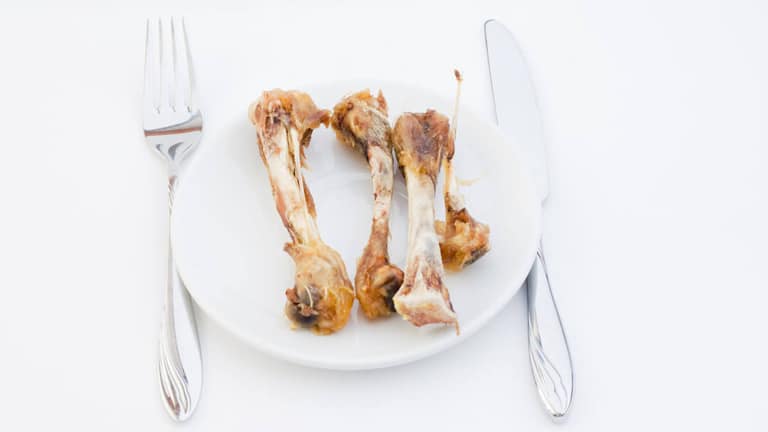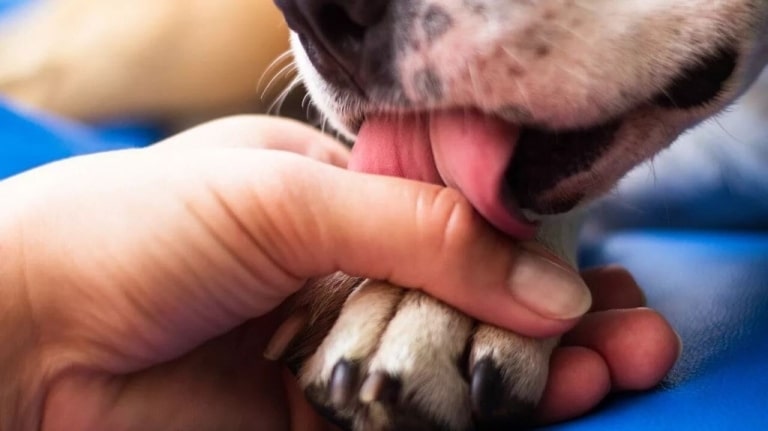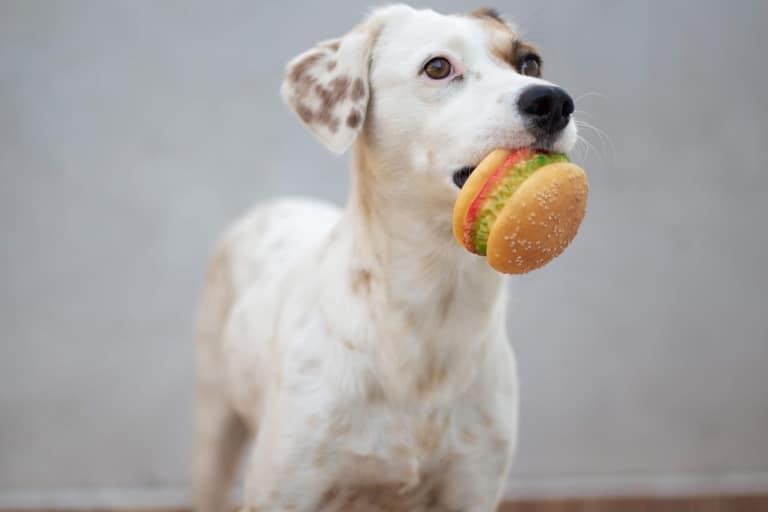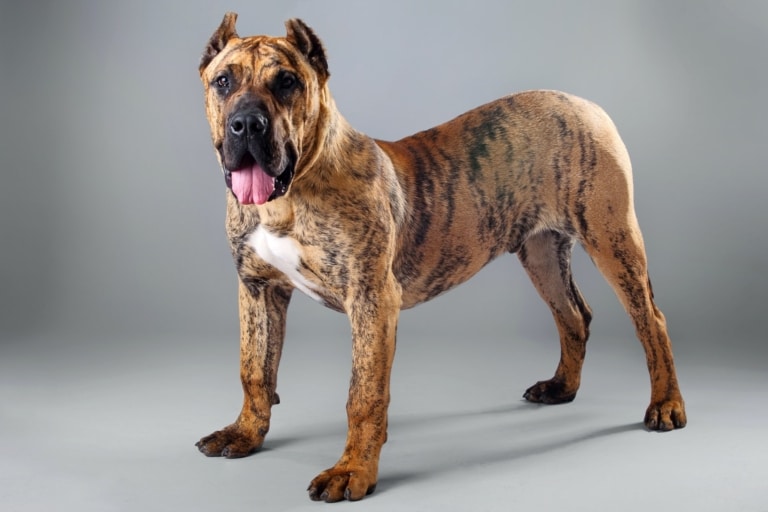Can you give a dog bones? A question that worries many owners
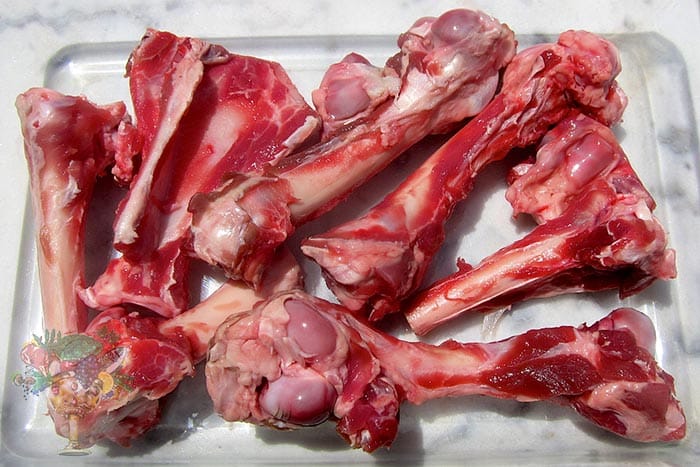
People tend to think that bones for dogs are just as appropriate as eating something tasty for the holidays. Is everything as clear as it seems? Let’s put it this way – we are not cavemen and dogs are not the same, or rather the same, but a little different. Domestic dogs should not be equated with wild dogs and werewolves. It only at first glance seems natural to give a dog a bone, because it reminds them of wild ancestors who hunted for prey and sharpened their teeth on the bones of some buffalo. However, given current research, owners should be careful not to harm their pet. Ignorance is our problem with you, so we will deal with it and put everything on the shelves.
Types of bones and their risks and why are cooked bones dangerous?
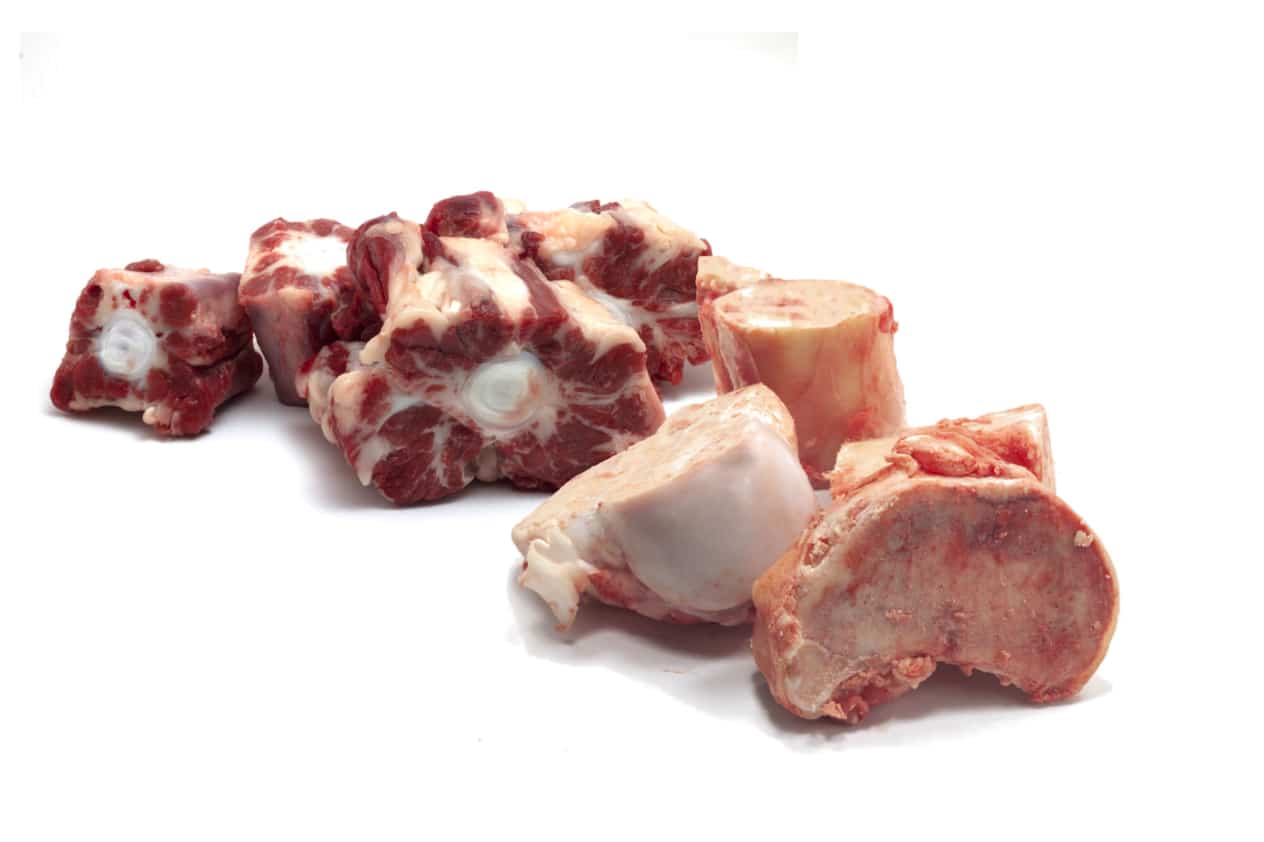
There are different types of bones: raw, cooked, hollow (from poultry) and dense (from large animals). Each of these types of bones carries its own risks, so it is better to understand this topic so that none of the animals are harmed by the simple ignorance of the owner. The first thing we will consider is boiled bones, because they are most often given to domestic dogs, since this is the main thing that remains from human meals at home. It should be emphasized that cooked bones are particularly dangerous, regardless of size and origin. Once cooked, they become brittle and can easily break into small, sharp fragments that can damage the mouth, digestive tract, or even cause serious internal injuries, causing pain, injury, or even bleeding. In the worst cases, it may require urgent surgical intervention.
In addition, cooked bones do not have the nutrients that raw bones have, and therefore do not provide the dog with any benefit at all. And now some of you have realized what mistake you often make. Although you could understand this even when you raked the consequences of this slip.
What are the benefits of raw bones and are there any risks?
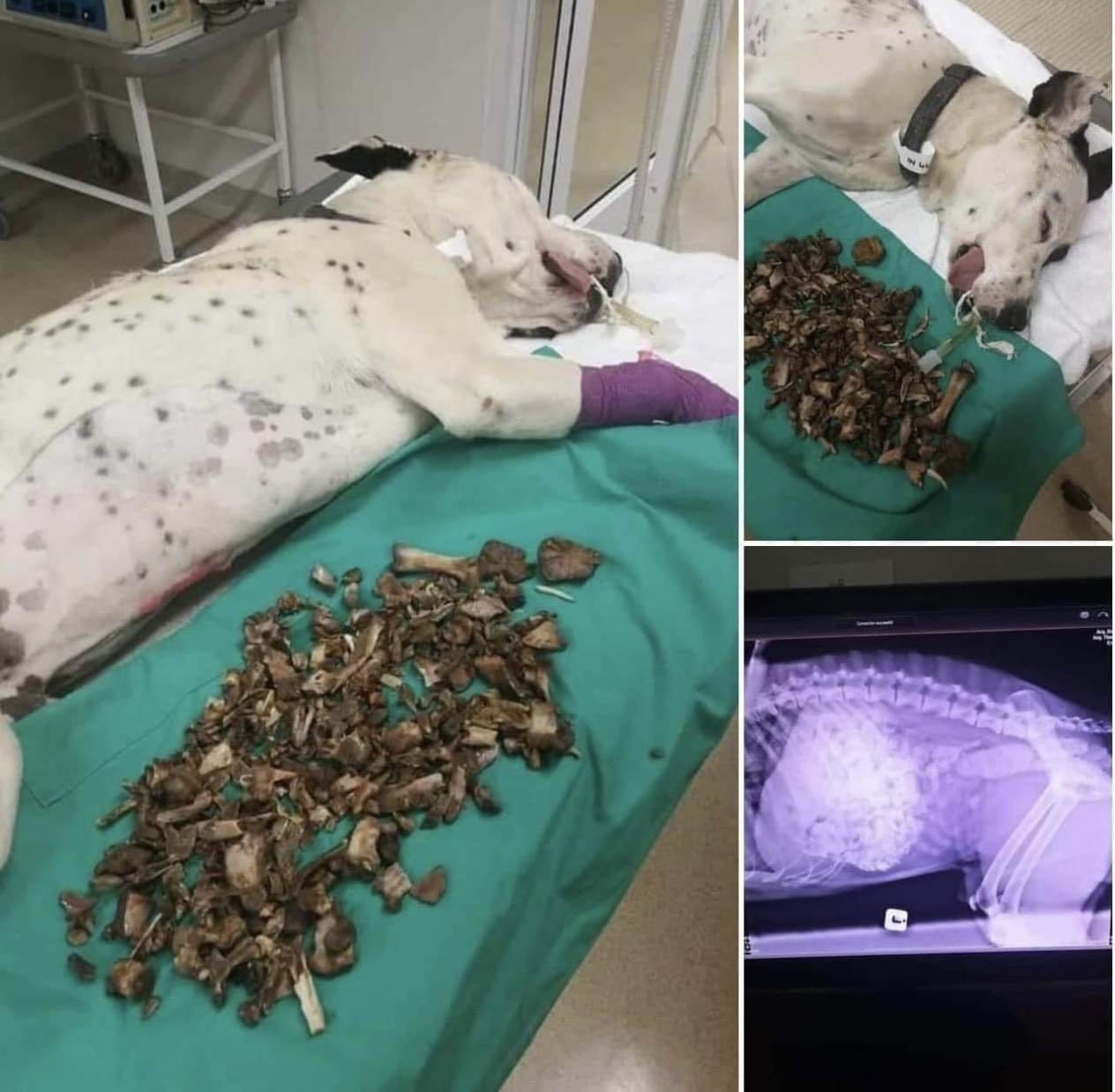
Raw bones are less dangerous, but they can also cause problems. Some raw bones (such as bones from small birds) can cause harm if they splinter. We advise you to completely forget about bird bones, because they are thin and hollow, they break easily, forming sharp ends. Such bones can cause strangulation, perforation of the intestines or even cause death.
Large raw bones from massive animals are usually safer, but caution is needed here as well. Raw bones can be beneficial if given carefully and under supervision. They help clean the dog’s teeth, reducing the risk of plaque and tartar formation. In addition, raw bones contain calcium, phosphorus and other useful elements that support the health of the bone system. It also satisfies the natural chewing and gnawing instincts, reducing stress and boredom. Regular chewing helps to strengthen the jaw muscles and improves the overall structure of the teeth. However, you need to be vigilant, because even if the bone is large for a dog, but has the wrong shape, then this can also cause problems. Therefore, there is certainly a benefit from large raw bones, but it is better to look for alternative and as safe as possible ways, because all bones can split and get stuck in the teeth or throat. If you are ready to take a risk – no one forbids you, but nowadays there are many safe substitutes for bones and it is better to choose this direction if your dog’s health is important to you. And if you still give your dog raw bones, then consult a veterinarian, this will not be an unnecessary step.
Alternatives to bones: what to offer dogs to chew?
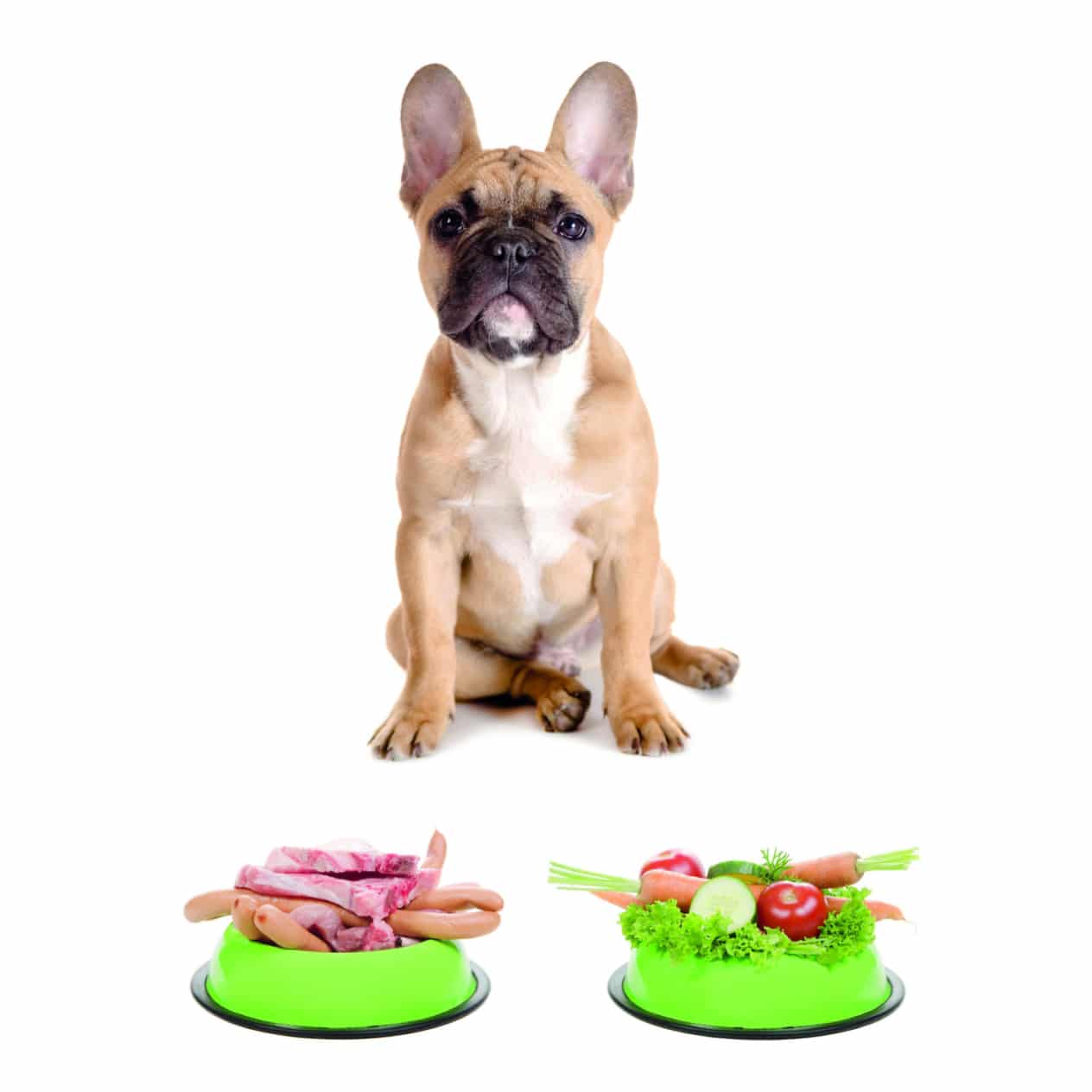

In fact, there are quite a few alternatives, both edible and non-edible. Here, for example, are special chew toys. They are made of strong materials – it can be rubber or nylon and it is safe for the dog’s teeth. Such toys can occupy your dog better than bones. In addition, as a bonus, they often have a texture that helps clean teeth. Therefore, in this case, there is nothing to worry about, because the safety of your pet is ensured.
A bone for a dog is not the only option. If you still want to pamper your dog with something edible and healthy, then dried meat or organic treats can come in handy – these are specially processed products that do not split and contain nutrients. Chewing sticks made of beef skin can be included here, they are also a natural product that slowly softens and does not disintegrate into dangerous fragments. Dried ears or lungs of animals belong to the same category of delicacies. This is a natural and no less tasty option for a dog. All this is a useful and tasty alternative. Be sure!
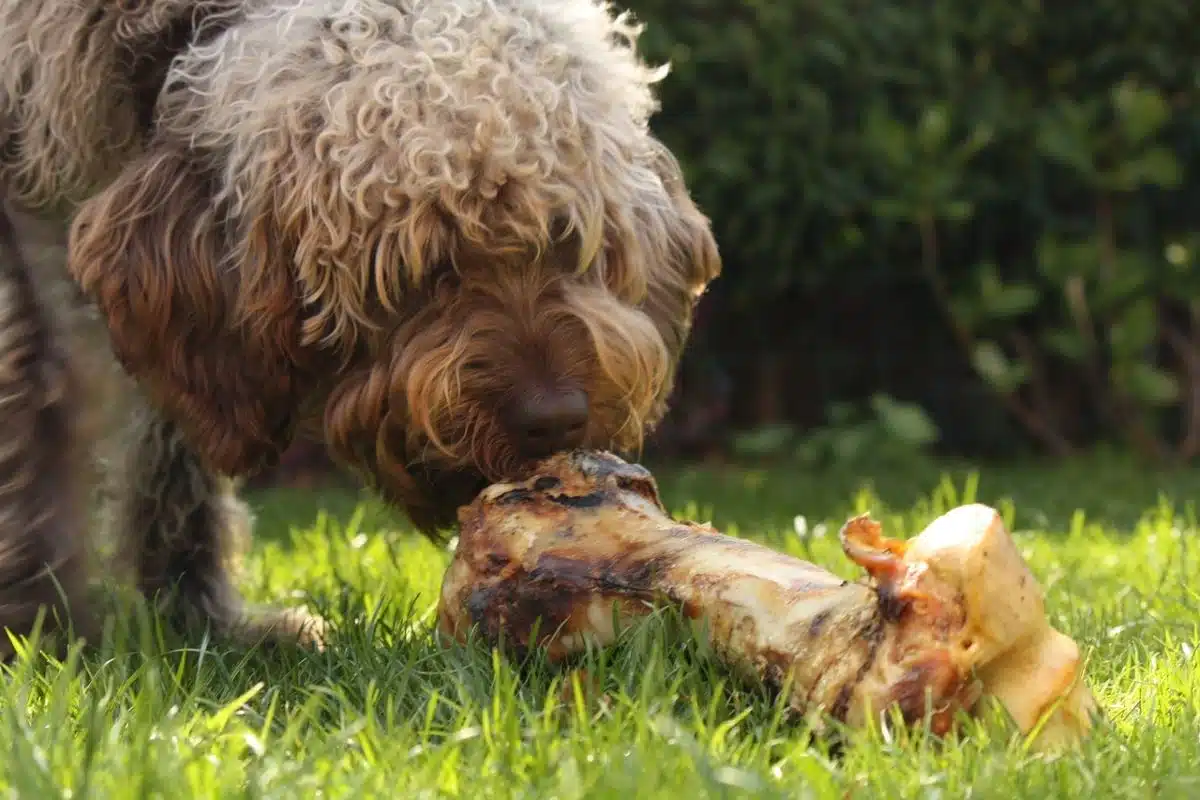
Another good alternative can be raw vegetables. They can be given to dogs and can be beneficial for their health. However, not all vegetables are suitable and it is important to know which ones are safe. What vegetables can dogs eat?
Carrot – low-calorie, rich in vitamins and good for teeth;
Cucumbers – contain a lot of water and vitamins, refresh the dog;
Cauliflower and broccoli are good, but should be given in moderation as they can cause gas;
Sweet potato (sweet potato) – contains a lot of fiber, but it is better to give it boiled in small portions;
Zucchini are easily digestible, contain vitamins and trace elements.
However, some vegetables can be harmful to dogs. Such as onions and garlic, they are toxic to dogs, unripe tomatoes – can be dangerous due to the content of solanine.
Before introducing new products into a dog’s diet, it is better to consult a veterinarian to avoid unwanted consequences.
What if the dog does not respond willingly to bone substitutes?
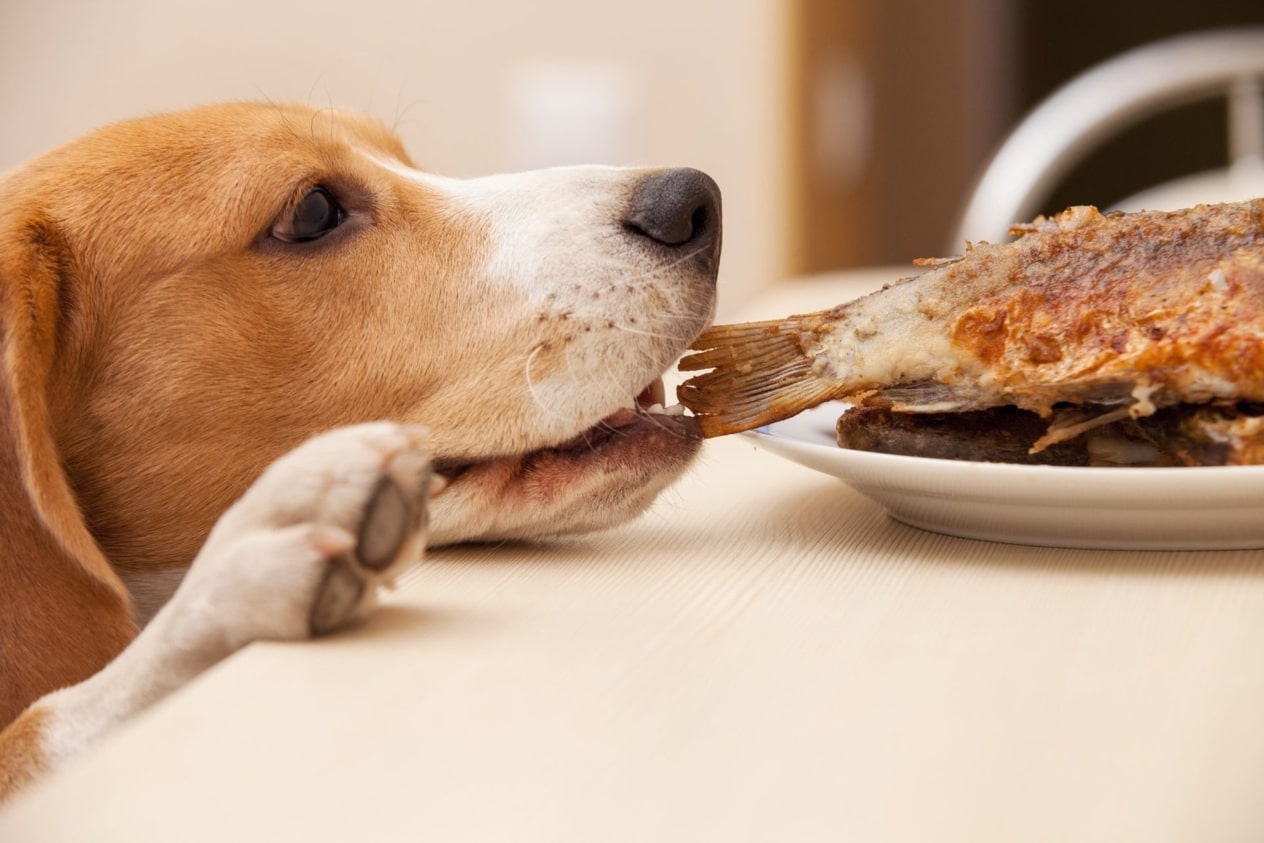
It is good if your dog accepts life in all its canine manifestations, but it also happens that dogs do not respond readily to bone substitutes. If this happens, there are several approaches that can help gradually adapt your four-legged friend to safer options. Perhaps you bought something that the dog did not like, you need to buy several options and one of them may be suitable, because dogs also have tastes and preferences. Some of them may respond better to foods with a stronger aroma or taste. You can also go for a trick and try to rub a chew toy or a stick with your favorite treat to make it more attractive.
If the dog is used to bones, you should not immediately exclude them from the diet. Introduce the alternatives gradually, alternating them with the favorite bones, so that the dog begins to get used to the new textures and tastes. Do not forget, if difficulties arise, it is always the right option to seek advice from a veterinarian. He can recommend safe chew options or even special supplements to provide your dog with the nutrients he needs if you’re trying to limit bone consumption.
In the end, it’s important to provide your dog with chews that are safe for health and to find an individual approach that fits his preferences.
